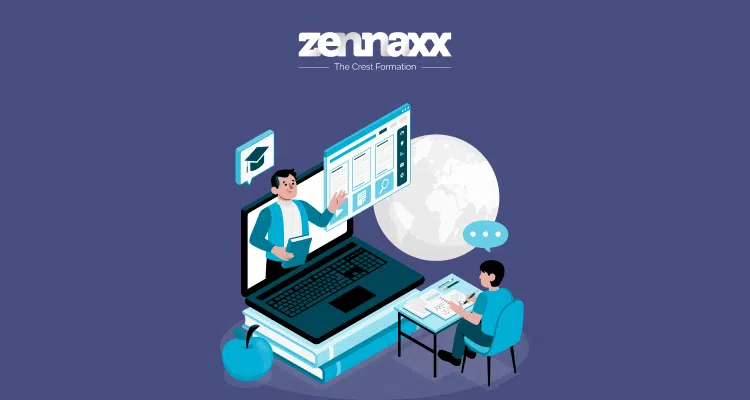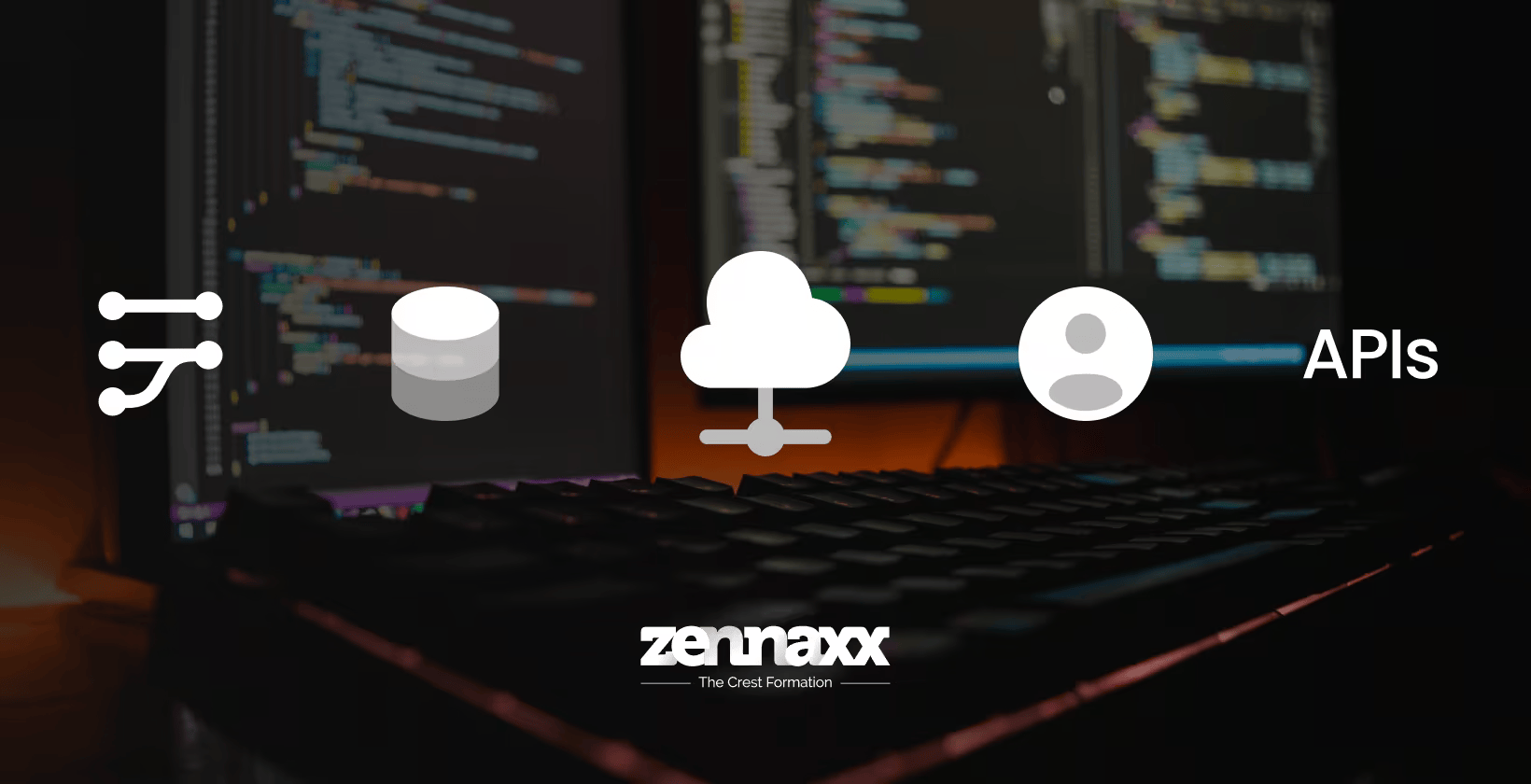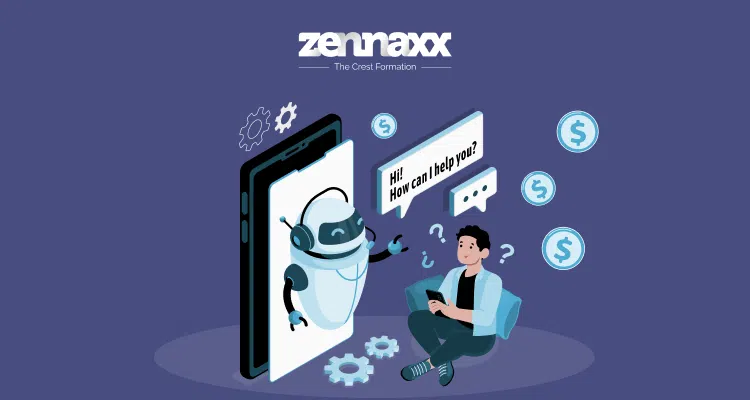- How key technologies like AI, AR, and IoT are transforming education
- The benefits and challenges of integrating these technologies into educational systems
- Challenges of implementing new technology in schools
Let’s explore how these emerging technologies are shaping the future of education.
Statistics
- A 2023 UNESCO report found that 84% of education systems have strategies for training teachers on how to effectively use technology in the classroom, up from 72% for pre-service teacher education-UNESCO Technology in Education
- A 2021 study revealed that a whopping 92% of teachers believe technology will significantly influence education within the next five years - WiFiTalents Technology In Education Statistics
- The global EdTech market is flourishing, with a projected Compound Annual Growth Rate (CAGR) of 18.1% reaching a potential value of $404 billion by 2025 - Grandview Research
- Fueled by the pandemic's impact on education, U.S. education technology companies secured over $803 million in venture capital funding during the first half of 2020 alone- ImpactMyBiz
- A 2023 survey found a significant correlation between technology and student engagement, with 76% of students reporting that technology makes learning more engaging - University of Connecticut citing EdWeek data.

The Role of Emerging Technologies in Education
1. Transformation of Traditional Teaching Methods
2. Personalized Learning Experiences
Now educators or education service providers can use adaptive learning platforms that leverage data analytics to assess each student’s strengths and weaknesses and tailor content to each learner’s needs.
Key Emerging Technologies In Education
1. Augmented Reality (AR) and Virtual Reality (VR)
In science education, for instance, AR can enable students to interact with 3D models of molecules, cells, and organs.

2. Data Analytics or Learning Analytics in Academics and Sports
3. Artificial Intelligence and Machine Learning
4. Internet of Things (IoT)
The Internet of Things (IoT) connects devices and sensors to the internet, creating smart learning environments.
IoT devices, such as smartboards, sensors, and wearable technology, can be used to monitor classroom conditions, track student attendance, and provide real-time feedback on student engagement.
Educational institutions can leverage IoT technology to create smart classrooms that are equipped with devices and sensors that can monitor environmental factors, such as temperature, lighting, and air quality, to create optimal learning conditions.
Have a Business Idea in Mind?
Our solutions are designed to streamline transactions, ensuring a seamless and secure experience for both you and your customers. Let’s turn your idea into a thriving online venture together.
5. Cloud Computing
Cloud computing offers scalable resources and storage solutions, making it easier for educational institutions to manage and deliver content while enabling educators and students to access educational materials from anywhere.
6. Automation
These automated solutions enhance productivity and allow educators to focus on delivering high-quality instruction.
7. Usage of 5G Technologies in Education
With faster internet speeds and lower latency, 5G enables seamless streaming of high-quality video content, real-time collaboration, and enhanced remote learning experiences.
5G technology supports the use of AR and VR in education, providing smooth and immersive experiences without lag or buffering.
8. App-Based Learning and Gamification
Educational apps provide personalized learning experiences by allowing students to learn at their own pace and track their progress.
Gamification incorporates game elements, such as points, badges, and leader boards, into the learning process to motivate students and encourage active participation
Want to Automate Your Business Process With a Software Solution?
Zennaxx, a leading software development firm in Canada, has delivered 700+ bespoke solutions spanning various industries.
9. ERP Solutions for Schools
Enterprise Resource Planning (ERP) solutions help educational institutions manage their operations efficiently.
ERP systems integrate various administrative functions, such as student information, finance, human resources, and facilities management, into a single platform to improve communication, optimize efficiency, and enhance decision-making.
10. Blockchain Technology
11. Digital Master Classes

12. Payment Gateway
Payment gateway solutions simplify the process of fee collection and managing transactions in educational institutions.
Benefits of Emerging Technologies in Education
Enhanced Student Engagement and Motivation
Improved Accessibility and Inclusivity
Data-Driven Insights for Educators
The Challenges of Implementing New Technologies in Schools
1.Budget Constraints
This includes the cost of purchasing devices, software licenses, and infrastructure upgrades, as well as ongoing maintenance and support.
2. Teacher Training and Professional Development
3. Infrastructure and Technical Support
4. Data Privacy and Security
Conclusion
Ready to unlock the power of emerging technologies in your educational institution or edtech company? Contact Zennaxx today for your educational app development needs.
Our team of experts specializes in building cutting-edge apps and IT solutions that create a more engaging, convenient, and inclusive learning environment.


